Differentiating Parametric Design
Differentiating Parametric Design: Digital Workflows in Contemporary Architecture and Construction
Thomas Worthmann1, Bige Tuncer2
1Stuttgart University
2Singapore University of Technology and Design
The paper examines Parametric Design in contemporary architectural practice. It considers three case studies: The Future of Us pavilion, the Louvre Abu Dhabi and the Morpheus Hotel.
The case studies illustrate how, compared to non-parametrically and older parametrically designed projects, PD is employed to generate, document and fabricate designs with a greater level of detail and differentiation, often at the level of individual building components.
We argue that such differentiation cannot be achieved with conventional Building Information Modelling and without customizing existing software through computer-programming.
We compare the case studies’ PD approaches (objected-oriented programming, functional programming, visual programming and distributed visual programming) and decomposition, algorithms and data structures as crucial factors for the practical viability of complex parametric models.
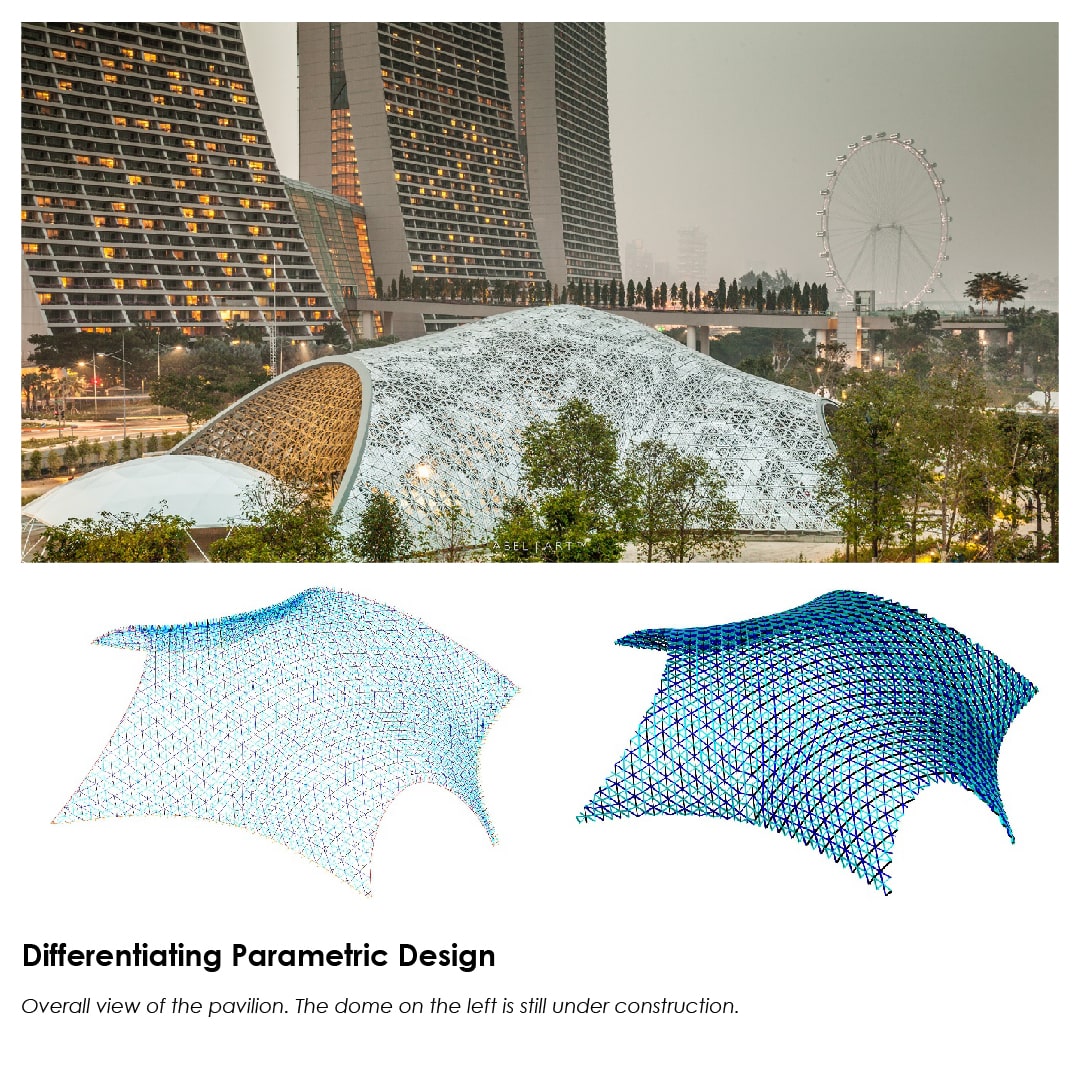 This paper examines Parametric Design (PD) from the perspective of contemporary architectural practice. Parametric design has been applied in architectural practice for more than two decades, but continues to evolve as software and knowhow become available more widely.
This paper examines Parametric Design (PD) from the perspective of contemporary architectural practice. Parametric design has been applied in architectural practice for more than two decades, but continues to evolve as software and knowhow become available more widely.
The paper presents an extended case study of developing a parametric, patterned envelope for tropical climates, which culminates in the realization of a 40-meter span grid-shell clad with around 11 000 individual, perforated panels: The Future of Us (FoU) pavilion in Singapore by the Advanced Architecture Laboratory (AAL).
It compares this case with two others, described more briefly: The Louvre Abu Dhabi (LAD) by Ateliers Jean Nouvel in the United Arab Emirates and the Morpheus Hotel by Zaha Hadid Architects in Macau, Special Administrative Region of the People’s Republic of China.
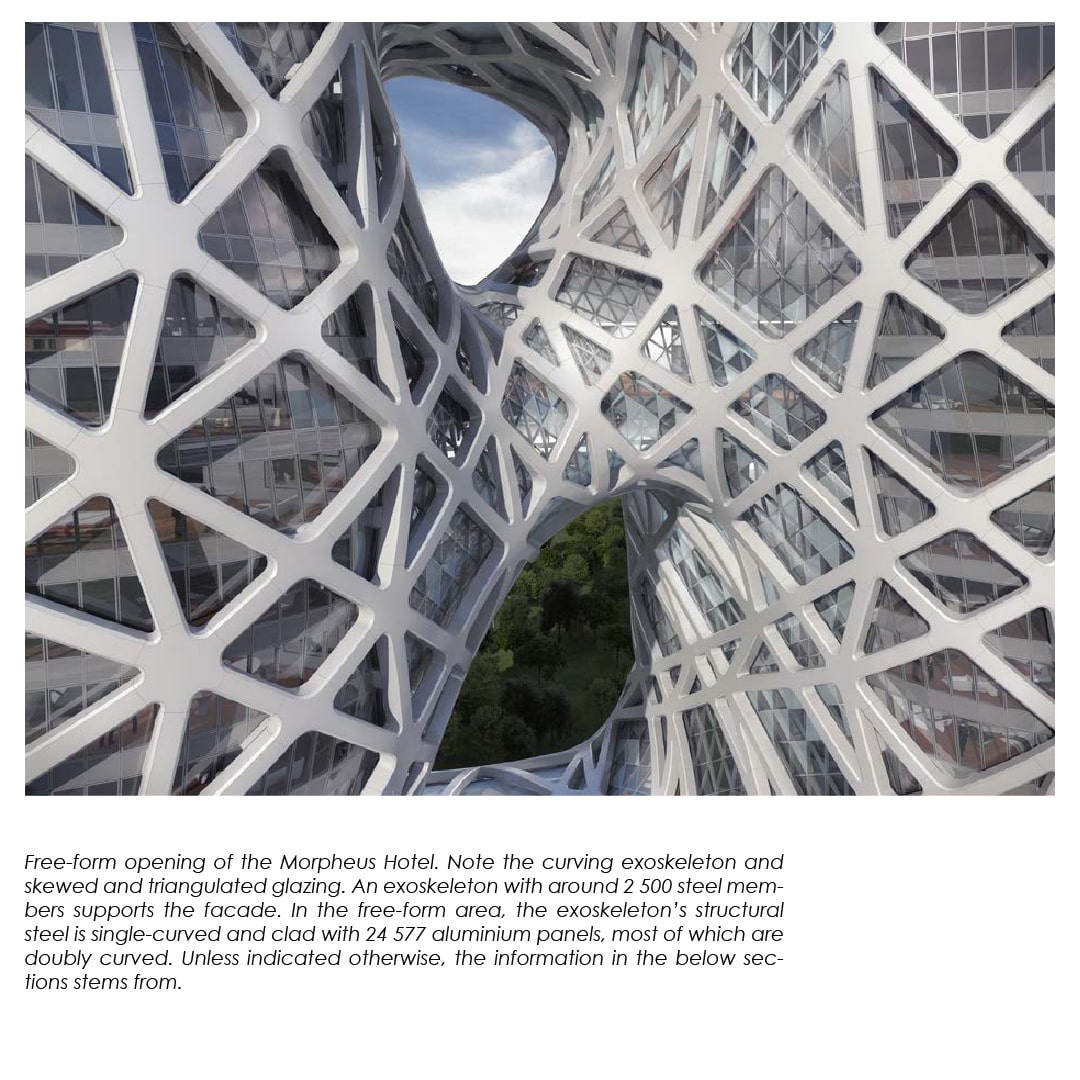 The case studies illustrate how, compared to non-parametrically and older parametrically designed projects, PD is employed to generate, document and fabricate designs with a greater level of detail and differentiation, often at the level of individual building components.
The case studies illustrate how, compared to non-parametrically and older parametrically designed projects, PD is employed to generate, document and fabricate designs with a greater level of detail and differentiation, often at the level of individual building components.
Such differentiation allows a wider spectrum of architectural form, richer architectural experiences and the integration of environmental, structural and buildability concerns.
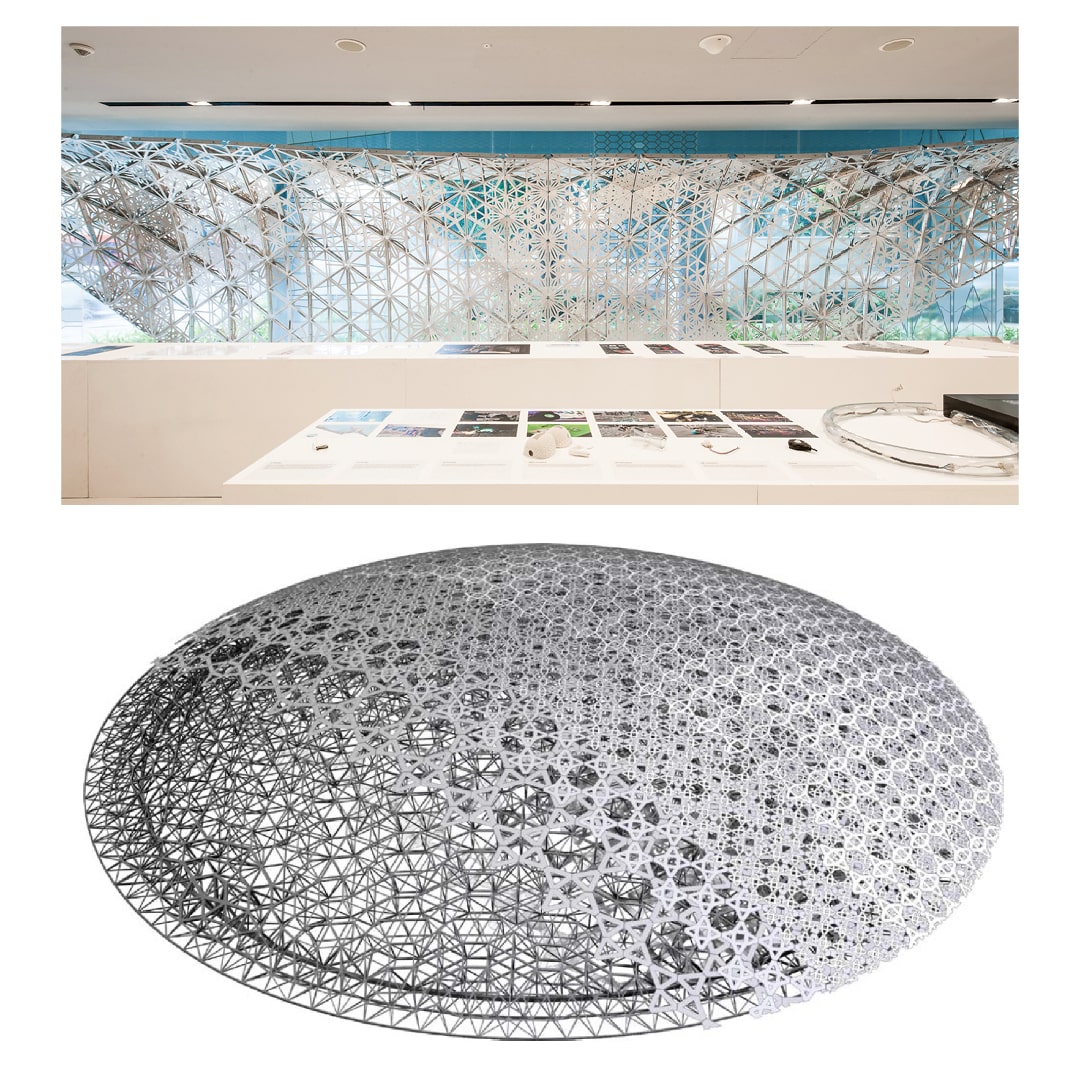 Based on the case studies, we argue that such differentiation cannot be achieved with conventional Building Information Modelling (BIM) and without, to different degrees, customizing existing software through textual computer-programming.
Based on the case studies, we argue that such differentiation cannot be achieved with conventional Building Information Modelling (BIM) and without, to different degrees, customizing existing software through textual computer-programming.
The paper examines the cases’ digital workflows and identifies and compares four PD approaches: objected oriented programming, functional programming, visual programming and distributed visual programming.
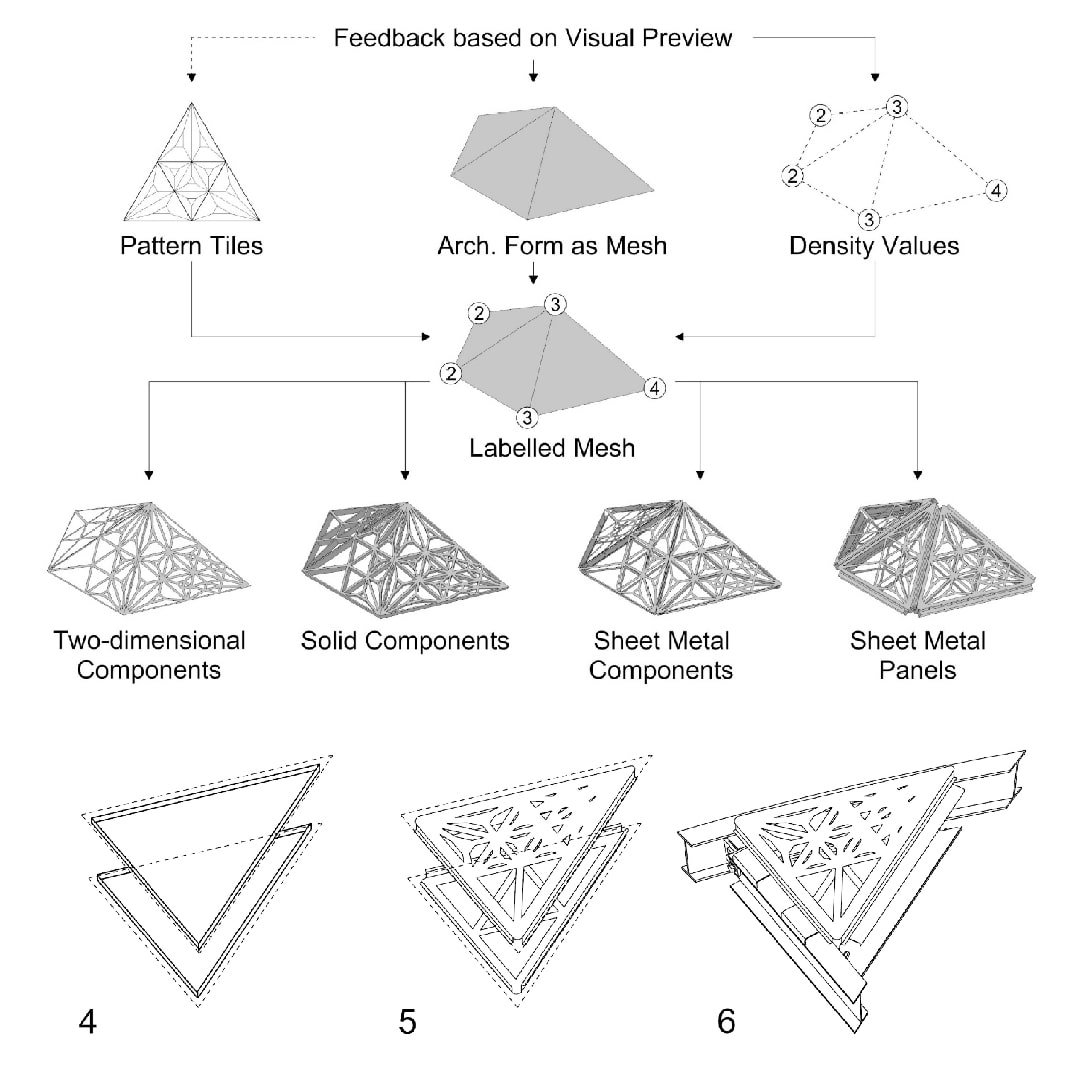 Objected-oriented programming structures computers programs into objects that are composed of data and operations, while functional programming structures them into nested hierarchies of operations using higher-order functions (Abelson & Sussman, 1996).
Objected-oriented programming structures computers programs into objects that are composed of data and operations, while functional programming structures them into nested hierarchies of operations using higher-order functions (Abelson & Sussman, 1996).
To increase the understandability and reusability of object-oriented programs, an object should hold only the data and functions that are relevant to it, with interactions between objects kept to a minimum.
Compared to functional programming, the resulting constructs tend to be larger and more complex, but it can be advantageous to have the information about an object directly associated with it.
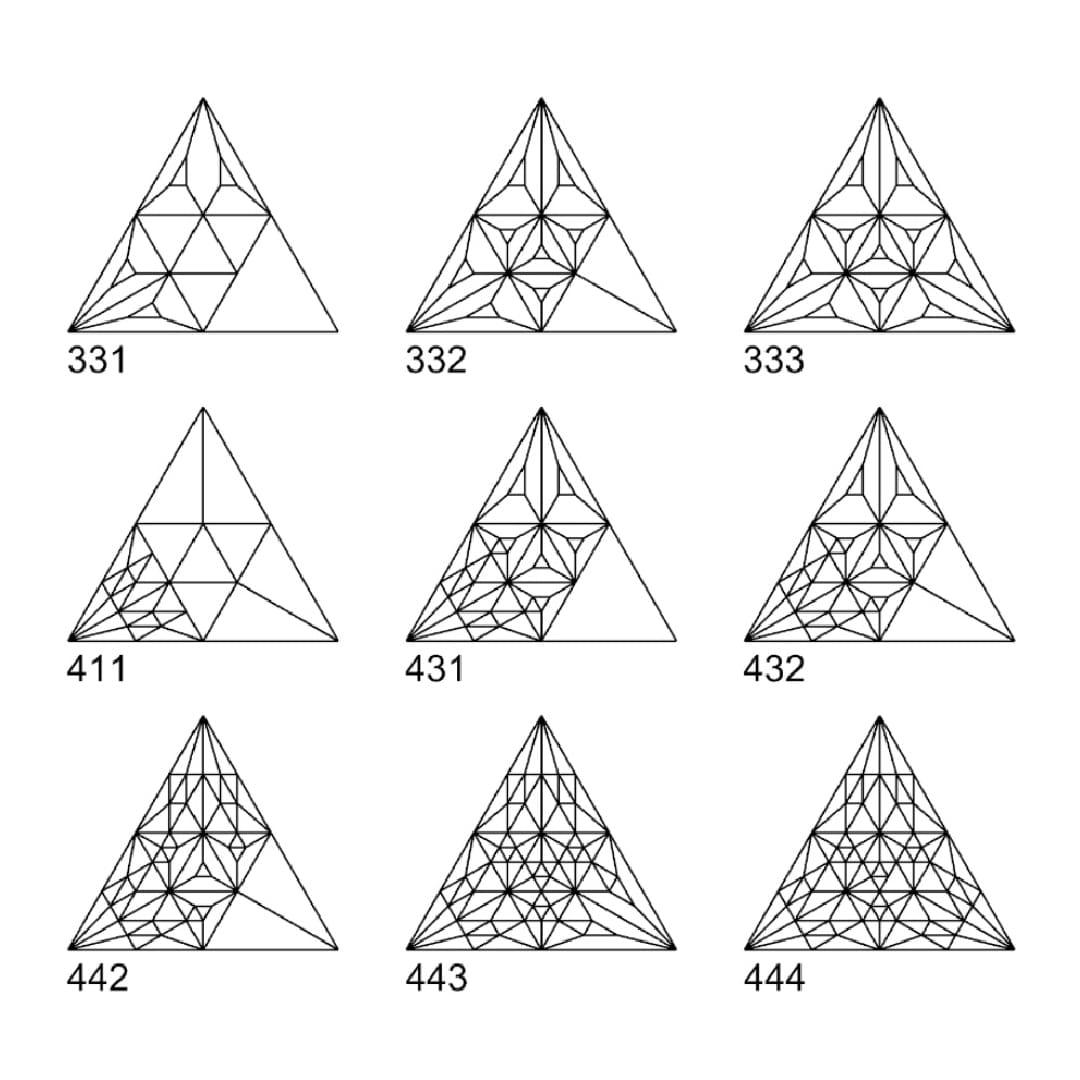 Visual programming environments, such as Grasshopper, allow users to create a computer program by dragging-and-dropping predefined operations and connecting them into a directed, acyclic graph (Janssen & Chen, 2011).
Visual programming environments, such as Grasshopper, allow users to create a computer program by dragging-and-dropping predefined operations and connecting them into a directed, acyclic graph (Janssen & Chen, 2011).
Distributed visual data flow programming combines several visual programs into a larger network. The paper identifies decomposition, algorithms and data structures as crucial factors for the practical viability of complex parametric models.




























Comments